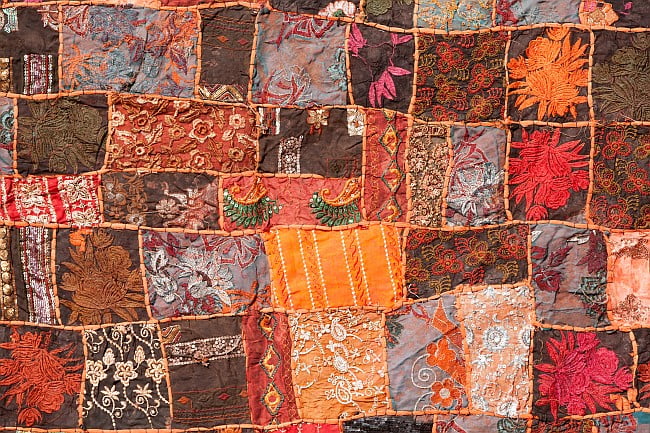The genius of the Daxiang (part 2)
In my last post, I talked about how the Daxiang paints pictures of individual hexagrams, as a whole. In this one, I’d like to try a change of perspective, zooming in and zooming out, to see what comes into focus. Commentary on the lines The Image builds on and humanises… Read more »The genius of the Daxiang (part 2)












